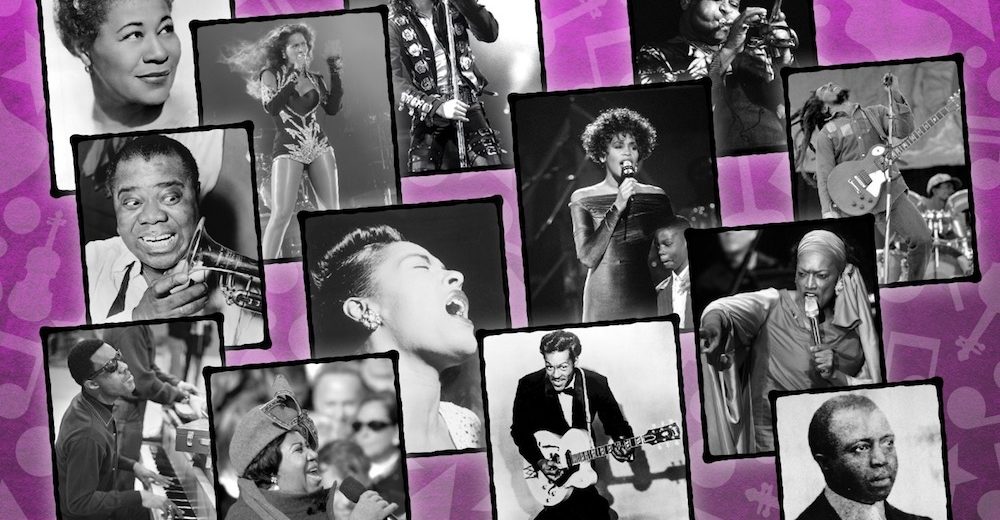
Black History Month in the Music Room
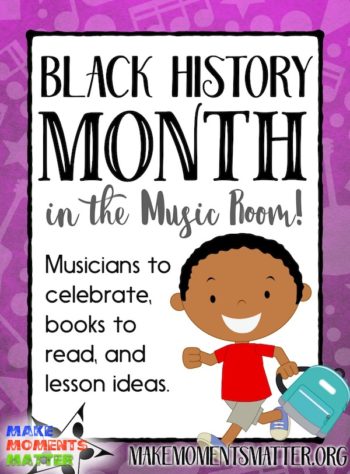 Black History Month is an annual celebration of achievements by African Americans and a time for recognizing the central role of black people in U.S. history. Since the mid 1970s, people in the United States have used the month of February to take a critical look at the way that African Americans have changed our history, culture, and national identity. Schools across the United States use Black History Month as a way to remind all students that black lives are important. It’s a time for looking back and a way to set our course for the future.
Black History Month is an annual celebration of achievements by African Americans and a time for recognizing the central role of black people in U.S. history. Since the mid 1970s, people in the United States have used the month of February to take a critical look at the way that African Americans have changed our history, culture, and national identity. Schools across the United States use Black History Month as a way to remind all students that black lives are important. It’s a time for looking back and a way to set our course for the future.
Teaching lessons themed around Black History Month can be a great way to celebrate and reflect. In this blog post I wanted to talk about several ways that you can make authentic connections and include Black History Month in your classroom. I’ll discuss black musicians to celebrate, literature to incorporate, and lesson ideas for songs and games that you can play.
Black Musicians to Celebrate
One easy way to incorporate Black History Month in the classroom is to take time to learn about influential black musicians. There aren’t many black composers that we know of in the Baroque, Classical, or Romantic musical periods but the last few hundred years are bursting with examples of black musicians who have been innovators in their fields and changed music as we know it. Here are a few examples that I try and highlight every year.
Scott Joplin was a self-taught musician who left home at the age of 16 to try and make it big as a professional musician. Joplin became famous for a type of music called “Ragtime.” His pieces “Maple Leaf Rag” and “The Entertainer” are two of the most famous rags of all time.
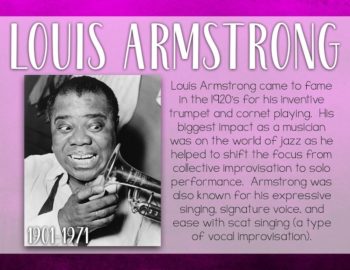 Louis Armstrong came to fame in the 1920’s for his inventive trumpet and cornet playing. His biggest impact as a musician was on the world of jazz as he helped to shift the focus from collective improvisation to solo performance.
Louis Armstrong came to fame in the 1920’s for his inventive trumpet and cornet playing. His biggest impact as a musician was on the world of jazz as he helped to shift the focus from collective improvisation to solo performance.
Miles Davis was a jazz musician, trumpeter, bandleader, and composer. The Rock and Roll Hall of Fame named him “one of the key figures in the development of jazz.” The music that Davis created and performed with his musical groups helped to shape jazz music variations including bebop, cool jazz, hard bop, modal jazz, and jazz fusion.
Duke Ellington was a composer, pianist, and bandleader of jazz orchestras (big band). Ellington was a pivotal figure in the development of jazz and many believe that he helped to change the perception of jazz from something very basic into a true art form. Ellington collaborated with countless musicians and created over 1,500 compositions in all styles and forms.
Bessie Smith was the most popular female blues singer of the 1920s and 1930s and earned herself the title “The Empress of the Blues.” She is often regarded as one of the greatest singers of her era and, along with Louis Armstrong, a major influence on other jazz vocalists.
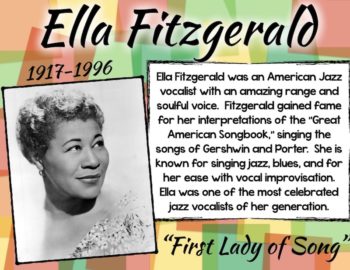 Ella Fitzgerald gained fame for her interpretations of the “Great American Songbook,” singing the songs of Gershwin and Porter. She is known for singing jazz, blues, and for her ease with vocal improvisation. Fitzgerald was one of the most celebrated jazz vocalists of her generation and earned the nickname the “First Lady of Song.”
Ella Fitzgerald gained fame for her interpretations of the “Great American Songbook,” singing the songs of Gershwin and Porter. She is known for singing jazz, blues, and for her ease with vocal improvisation. Fitzgerald was one of the most celebrated jazz vocalists of her generation and earned the nickname the “First Lady of Song.”
Jimi Hendrix was a musician, guitarist, singer, and songwriter. Hendrix was known for his impressive guitar playing and stage presence and the Rock and Roll Hall of Fame calls him “one of the greatest instrumentalists in the history of rock music.”
Whitney Houston was a singer, actress, producer, and model. Houston was one of pop music’s best selling artists and was noted by Guinness World Records as the most awarded female act of all time.
Michael Jackson was a singer, songwriter, record producer, dancer, and actor. Jackson started out with his brothers as part of “The Jackson 5” but he went on to have a successful pop music solo career. His innovative music videos helped to break down racial barriers and transform music videos into an art form. Jackson was an amazing dancer and live performer. He created and popularized the Robot and the Moonwalk.
Leontyne Price is an opera singer who rose to international acclaim in the 1950s and 1960s and was one of the first African Americans to become a leading artist at the Metropolitan Opera. Price has been honored by the Kennedy Center, Grammy Awards, National Endowment for the Arts, and has received the Presidential Medal of Freedom. She has been honored more than any other classical singer.
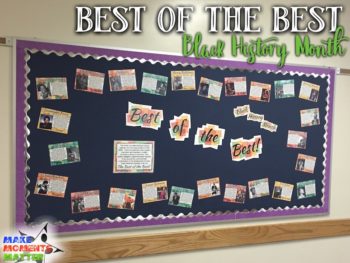 I could go on and on and on. There are too many artists for me to name here or to bring up with students. So, I take advantage of my space and make the hallway outside my room another way to learn. I print off posters with information about Black Musicians and post it in the hallway. Students won’t be able to stop and read all of them, but you’d be surprised by what they can learn. Here are links to two of my favorite sets to incorporate during Black History Month: Best of the Best – Celebrating 25 Black Musicians! and Legends of Jazz.
I could go on and on and on. There are too many artists for me to name here or to bring up with students. So, I take advantage of my space and make the hallway outside my room another way to learn. I print off posters with information about Black Musicians and post it in the hallway. Students won’t be able to stop and read all of them, but you’d be surprised by what they can learn. Here are links to two of my favorite sets to incorporate during Black History Month: Best of the Best – Celebrating 25 Black Musicians! and Legends of Jazz.
Learning Through Literature
In college I took a World Religions class and had a wonderful semester learning about cultures, traditions, and people from around the world. One of my favorite elements of the course was our required reading. My professor knew that many/all of the students in her class were born and raised in the Midwest and didn’t have much exposure to any of the world religions we would discuss in the course (except for maybe Christianity or Judaism). So, one of the course requirements was to read novels where the main characters believed and practiced one of the world faiths we were studying. The idea was that we would immerse ourselves in a story and get personal insights from the very people who live the religion day in and day out. By reading their narratives we would learn more about the nuance and balance of each faith than we ever would by reading a textbook.
So, I’ve taken that idea and applied it to my classroom. I try to find books that feature the stories of black musicians, composers, and performers. Even if I can’t read them all in class during the month of February I put them out in a place where my students can see them and I share some with my elementary school librarian. I read at least one book to each grade and often I couple them with a guided listening lesson. Below you’ll find several examples of books that I use in my classroom!
Here’s a longer list with lots of great books to use during Black History Month!
Songs, Games, and Lesson Ideas
There are so many different lessons and songs that you could teach during Black History Month and I’m going to take a moment to focus on two different things: Playground Game Songs and Spirituals.
Playground Game Songs
So many of the game songs, chants, and rhymes that we use in the music room each year find their origins on the playgrounds of African American children. Songs like “Draw Me a Bucket of Water,” “Shoo Turkey,” “Little Sally Walker,” “Charlie Over the Ocean,” and “All Round the Brickyard,” either originated with the African American community or were made popular and spread widely by black children all over the country. So I teach the songs and the games and then take a moment to make students aware of the history and connections behind the song. When we repeat those songs and play those games we join in to the tradition and honor those children who sang for years before us.
There are a variety of really wonderful resources for African American Game songs. Two books I recommend are “Step It Down” by Bessie Jones and Bess Lomax Hawes and “Juba This and Juba That” by Darlene Powell Hopson and Derek Hopson. You can also find some really wonderful resources for free on the blog Pancocojams which showcases the music, dances, language practices, and customs of African Americans and of other people of black descent throughout the world.
Spirituals
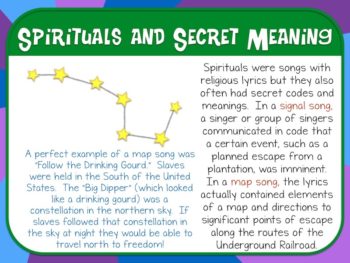 If you choose to teach Spirituals then I would suggest you do more than just sing the song and move on. Take the time to teach a little of the history, vocabulary, and tradition behind each spiritual and explain why it’s important. Explain what a drinking gourd is, talk about chariots, go into more detail about the symbolism of rivers. There are so many things that can be easily unpacked for children and they’ll come away better for it.
If you choose to teach Spirituals then I would suggest you do more than just sing the song and move on. Take the time to teach a little of the history, vocabulary, and tradition behind each spiritual and explain why it’s important. Explain what a drinking gourd is, talk about chariots, go into more detail about the symbolism of rivers. There are so many things that can be easily unpacked for children and they’ll come away better for it.
I know that some people hesitate to teach Spirituals because they are connected to slavery and sometimes religion (many mention God or Jesus). I haven’t yet met opposition from parents or administration when teaching Spirituals but I’m always ready just in case. I always remind kids that we learn Spirituals because they are an important part of our American heritage. They might detail a dark part of our history, but it’s a part that we don’t want to forget lest it happen again. On top of that, Spirituals are so important to music history as they led to the development of the Blues and Jazz and also have a place among the American hymn tradition. Here’s a great series of resources for teaching Spirituals, their backstory, and vocabulary.
My last suggestion for incorporating Black History Month into your classroom is to be well-equipped. Do your research with the resources you have and/or seek out the books I mentioned above. I’ve included links to Amazon but you can also look for each book in your local or school library. Do some searching online, ask other teachers in your district, and plan ahead. The best lessons are the ones where you feel confident about the content and process.
Teaching Black History Month in the music room doesn’t mean that every lesson every day needs to be all about black history. Include that listening lesson on Louis Armstrong in one grade and the book about Ella Fitzgerald in another. Teach “Miss Mary Mack” to one class and do a unit on Spirituals in another. You can even use these lessons to help fulfill state and national standards about connecting music to history, culture, and other subjects outside the arts. The more you think about ways to include black history into your lessons the better your lessons will become and the more authentic the learning.

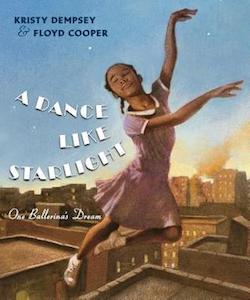
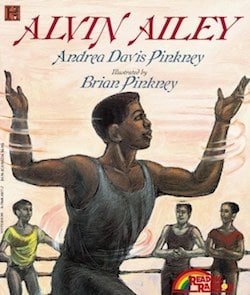
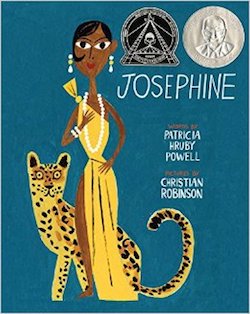
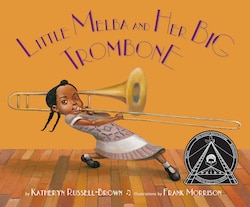
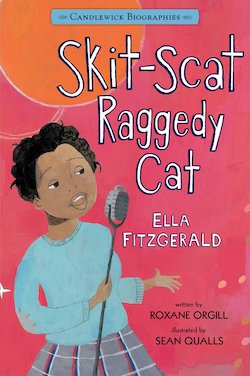
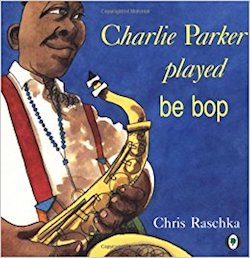
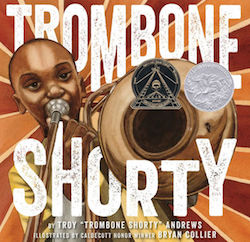
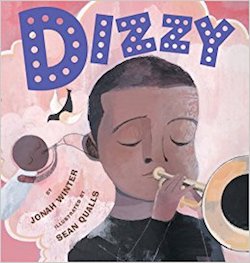
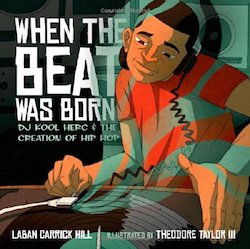

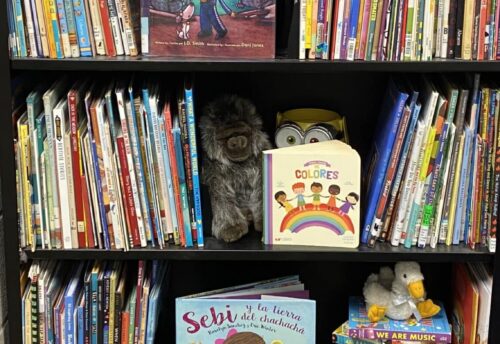
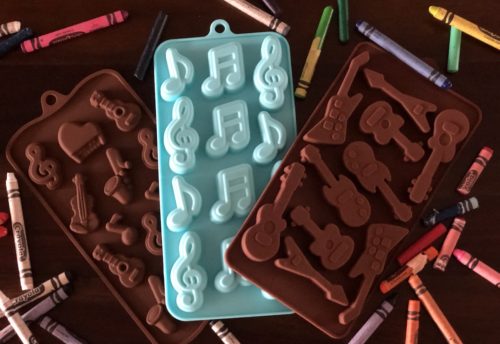
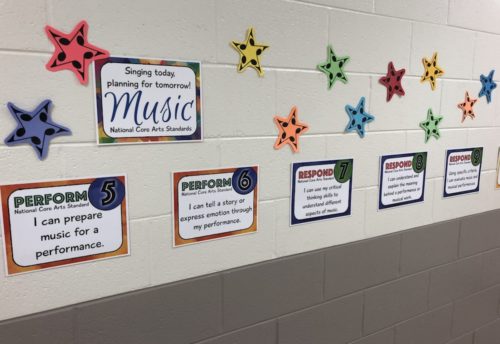
Pingback: Teaching Music History | Classroom Activities | Advancement Courses